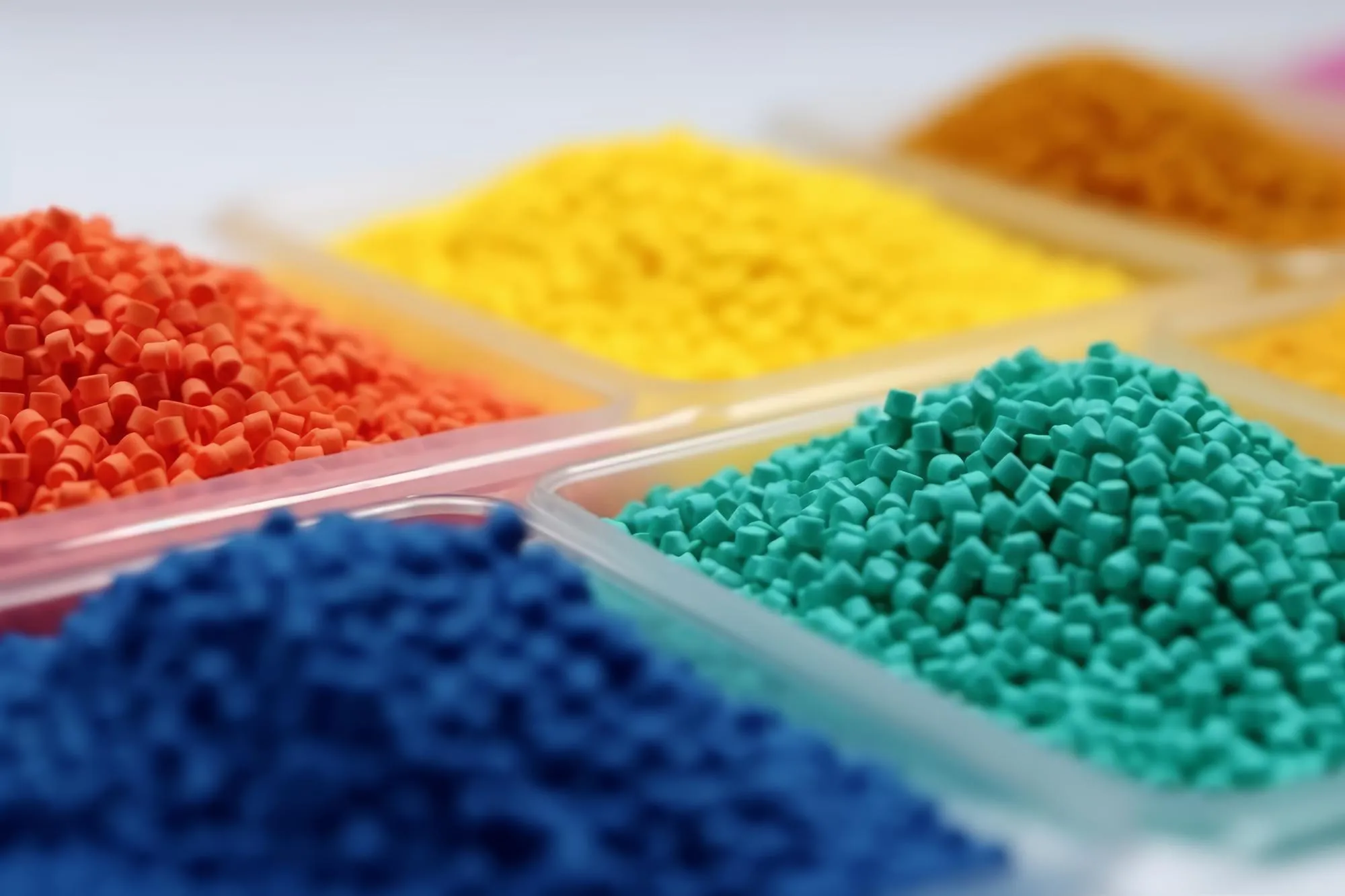In the competitive landscape of polymer production, the synthesis of 1-butene—a crucial monomer in the industry—has been dominated by homogeneous catalyst systems that, while effective, pose significant environmental and economic drawbacks. The quest for sustainability and efficiency has led researchers to eye heterogeneous catalysts, known for their robustness but marred by limited selectivity—until now. A groundbreaking study published in Nature Communications sheds light on an innovative approach: metal-organic frameworks (MOFs) meticulously engineered for gas reactions under an intrapore condensation regime, spearheading a sustainable catalyst process with unparalleled selectivity and stability.
For decades, the pursuit of greener production methods in the polymer industry has been somewhat hampered by the limitations of traditional catalytic systems. Homogeneous catalysts are adept at achieving high selectivity—meaning, producing the desired product with few by-products—but this capability comes with a high cost. They require substantial amounts of activators and solvents which complicate the process, add to production costs, and raise environmental concerns due to their disposal. Although their heterogeneous counterparts are more resilient and typically allow for greater recyclability, they have historically lacked the finesse in selectively producing desired compounds.
This paradigm is set to shift dramatically thanks to the work of researchers from the University of the Basque Country (UPV/EHU) in Bilbao, Spain, the RTI International in the USA, and the Institute of Chemical Research of Catalonia (ICIQ) in Spain. These scientific pioneers have devised a tailorable MOF catalyst, specifically (Ru)HKUST-1, that operates under an intrapore reactant condensation regime to enhance ethylene dimerization—combining two ethylene molecules to form 1-butene—with extraordinary results: over 99% selectivity for 1-butene and remarkable stability over 120 hours of operation without the need for any solvents or activators.
The study, DOI: 10.1038/s41467-019-10013-6, draws from the extensive experience of the research team in synthesizing and characterizing MOFs, which are porous crystalline materials constructed from metal node connection points and organic linkers. MOFs have gained considerable attention due to their diverse applications, including catalysis, due to their ability to mimic some of the best attributes found in both homogeneous and heterogeneous catalysts while mitigating their respective weaknesses.
In this instance, the researchers have focused on (Ru)HKUST-1, a framework built from copper paddle-wheel structures bonded with organic ligands, into which ruthenium sites have been precisely incorporated. The high pore volume of MOFs like HKUST-1 enables a more concentrated presence of reactants, while the tailor-made defects facilitate the intended reactions to an exceptional degree. Uniquely, the MOFs in this study capitalize on what the researchers term intrapore reactant condensation—a phenomenon where reactant molecules aggregate within the confines of the framework’s pores, boosting reactivity and selectivity.
According to the published data in Nature Communications, the fine-tuning of defective nodes in the MOF structure through controlled thermal processes dictates the catalytic activity. In turn, intrapore condensation accounts for the system’s elevated selectivity and stability. The implications are profound: robust and tunable MOFs could displace traditional protocols, minimize waste and costs, and bring significant environmental benefits to the polymer industry.
Notably, the researchers’ journey into designing these MOFs did not occur in isolation. Their work is built upon a growing body of research examining the potential of MOFs as single-site catalysts. Studies such as those by Gollwitzer et al. (2017, DOI: 10.1038/s41467-017-01507-2) and Chen (2018, DOI: 10.1038/s41570-018-0003-0) have shed light on the broad tunability and diverse applications of MOFs in olefin polymerization and catalysis. Moreover, the foundational research on MOFs by pioneers such as Furukawa et al. (2013, DOI: 10.1126/science.1230444) and Rogge et al. (2017, DOI: 10.1039/C7CS00033B) has laid the groundwork for understanding their chemistry and functional properties, leading to practical advancements like those demonstrated in this study.
The clear environmental and practical advantages of MOFs as outlined in the article are only just beginning to be appreciated. Their capacity to act as heterogeneous single-metal-site catalysts, as discussed by Cui et al. (2018, DOI: 10.1038/s41929-018-0090-9), blends the best of both worlds: the catalytic finesse of homogenous systems with the robustness and ease of separation inherent in heterogeneous approaches. The study has profound implications for the field, underscoring the potential for sustainable innovation in chemical engineering and providing a blueprint for future research and industrial applications.
In conclusion, the (Ru)HKUST-1 MOF catalyst researched and presented in Nature Communications marks a watershed moment in the sustainable production of polymers. It ushers in an era where efficiency, selectivity, and environmental consciousness can all coexist, demonstrating the potential of MOFs to revolutionize gas-phase reactions and, consequently, the polymer industry at large.
As the discourse around sustainability intensifies and the demand for greener processes in the polymer industry grows, this work exemplifies how innovation can foster solutions that benefit both the economy and the environment. Metal-organic frameworks, and in particular the (Ru)HKUST-1 systems, stand poised at the cusp of industrial adoption, heralding a new age of catalyst technology.
Keywords
1. MOF Catalysts
2. Polymer Production
3. Sustainable Catalytic Processes
4. Metal-organic Frameworks
5. Ethylene Dimerization
